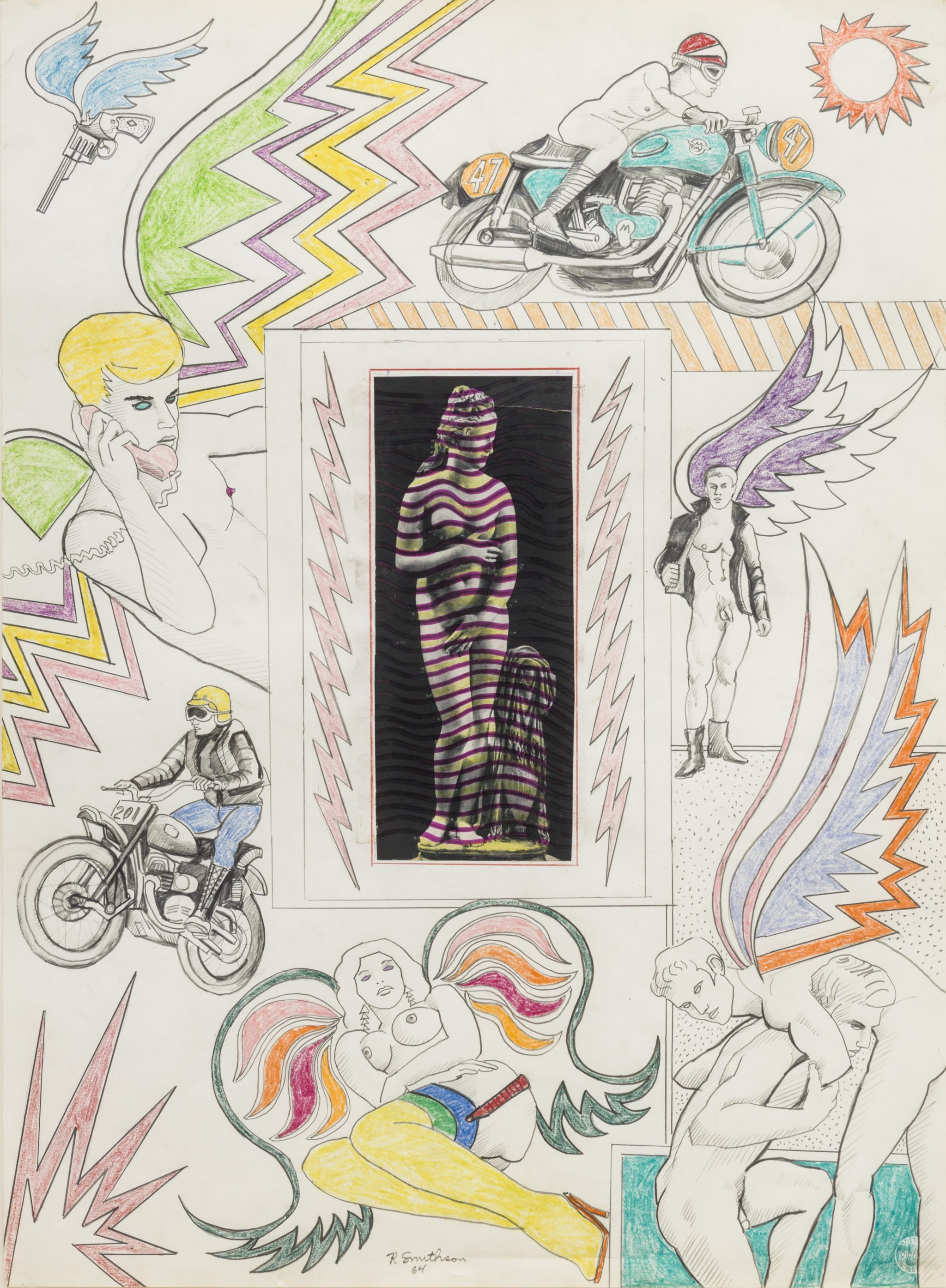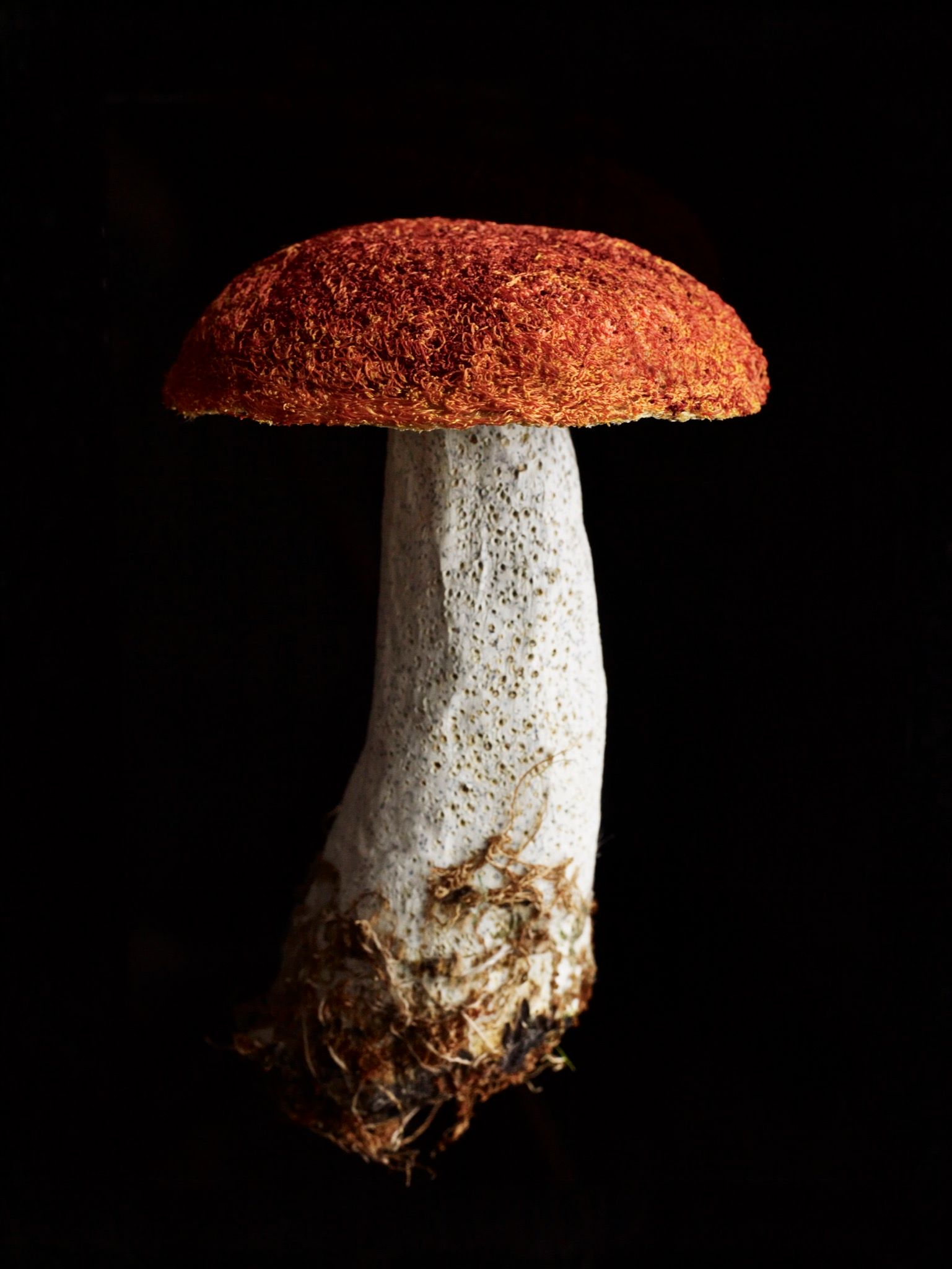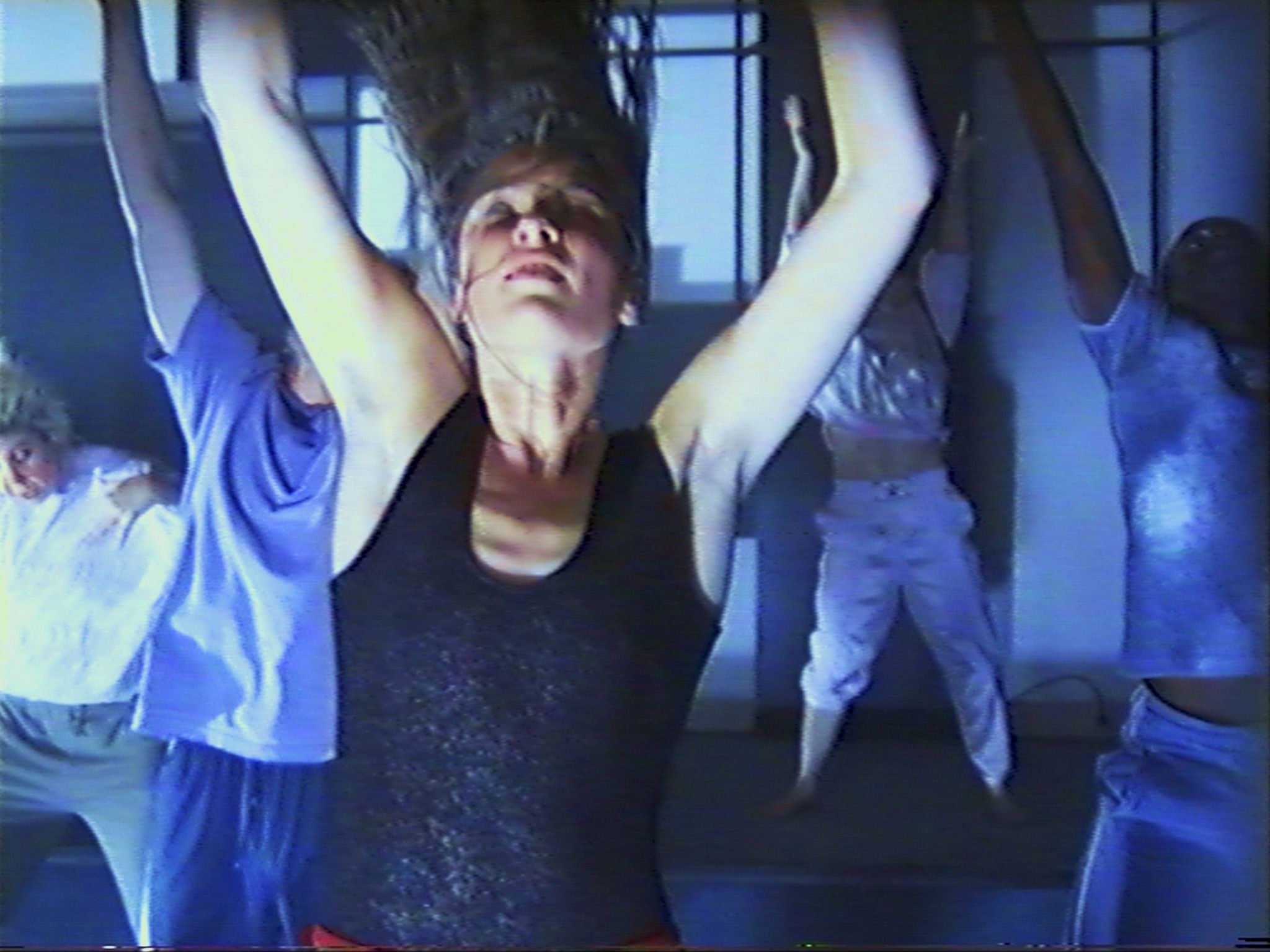The Lost Psychedelic PAPER ARCHITECTS of the Soviet Union
|YAE-JIN HA
“The forest of columns is turning into a real forest and from the chaos of thoughts a single unclouded idea emerges.”
The exhibition “Centrifugal Tendencies: Tallinn – Moscow – Novosibirsk,” currently up at Tchoban Foundation in Berlin, highlights works produced by young architects in the 1980s Soviet Union. Paper Architecture, as it came to be known, was a proponent of designing lavish buildings meant for a fantastical world that only existed on paper. Riding the wave of non-conformist attitudes that swept the Soviet Union in the 1980s, Paper Architecture provided an ideological haven away from the communist aesthetic and stagnant planned economy enforced by the Soviet government. In this ulterior universe, a train dashes across a bridge comprised of ornate but disjointed columns into the “future,” a building builds itself from the ground up, a city is neatly reconfigured under the order of chessboard squares, and a nondescript structure reveals a dystopic labyrinth hidden beneath. There are aliens dressed in spacesuits descending upon an orgy-fest in Tallinn and a luxurious villa is punctured with hollow spaces that are comprised of layered stairs, each echoing a different ornamental epoch.
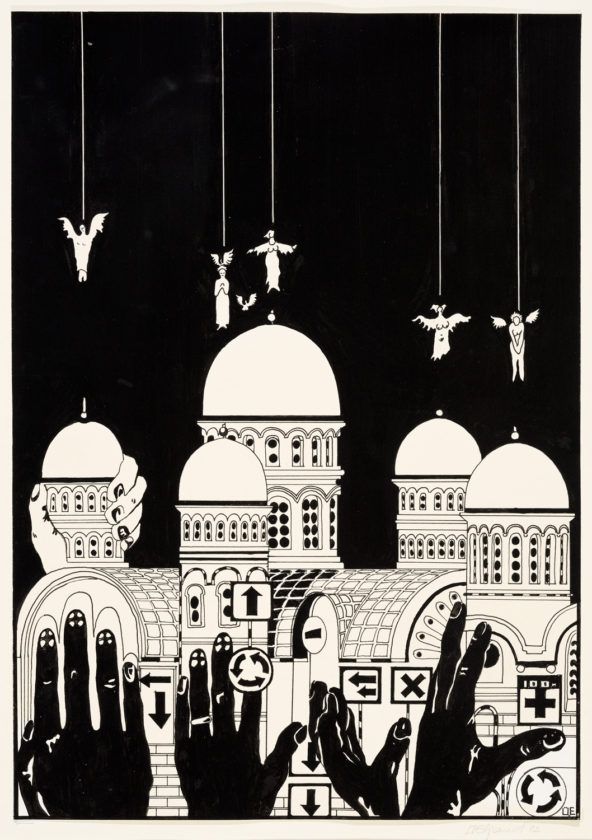
A force of truly “visionary architecture,” these architectural insurgents espoused the abstract representation of their ideas above all else, choosing exhibitions, architectural competitions, and publications as their primary platform for dissemination. Their immaterial structure, which challenged the Vitruvian triad by finding “strength” and “utility” in designs that championed “beauty,” took them toward a different axis. It wasn’t the type of utopia popularized by Buckminster Fuller’s geodesic domes of the 1960s. Rather, it was a fantastical, idealistic realm free from the restrictions of state ideals – a form of anti-establishment protest, in which a sketch could be a powerful weapon against the corrupt state, rendering the architects as armchair graffitists.
A whimsical play and abject disregard for reality displayed in Iskander Galimov’s Cathedral City (1988) perhaps best epitomizes the ethos inherent to this movement. A structure resembling Saint Basil’s Cathedral in Moscow grabs one’s attention through its familiarity. Yet its skeleton is replete with hundreds of miniature architectures sitting on top of and sprouting from one another, spewing with uncontrollable urgency. The Sydney Opera House rests on top of a Renaissance palazzo, columns of colosseums swirl into a dome, a Shinto shrine is seen neighboring a Greek Doric temple, and in the midst of all this frenzy, the Chrysler Building stretches upwards, disappearing into thick clouds of smoke. This chaotic and wondrous Alice in Wonderland universe in which all architectural discourses annul one another is the brood of Galimov’s mind.
A lack of physical structure may pronounce Paper Architecture’s ephemerality. But in an age where architectures are erected to be torn down just as easily, there is something almost potent about the unrealized – their ideological fortress forever immortalized on paper.
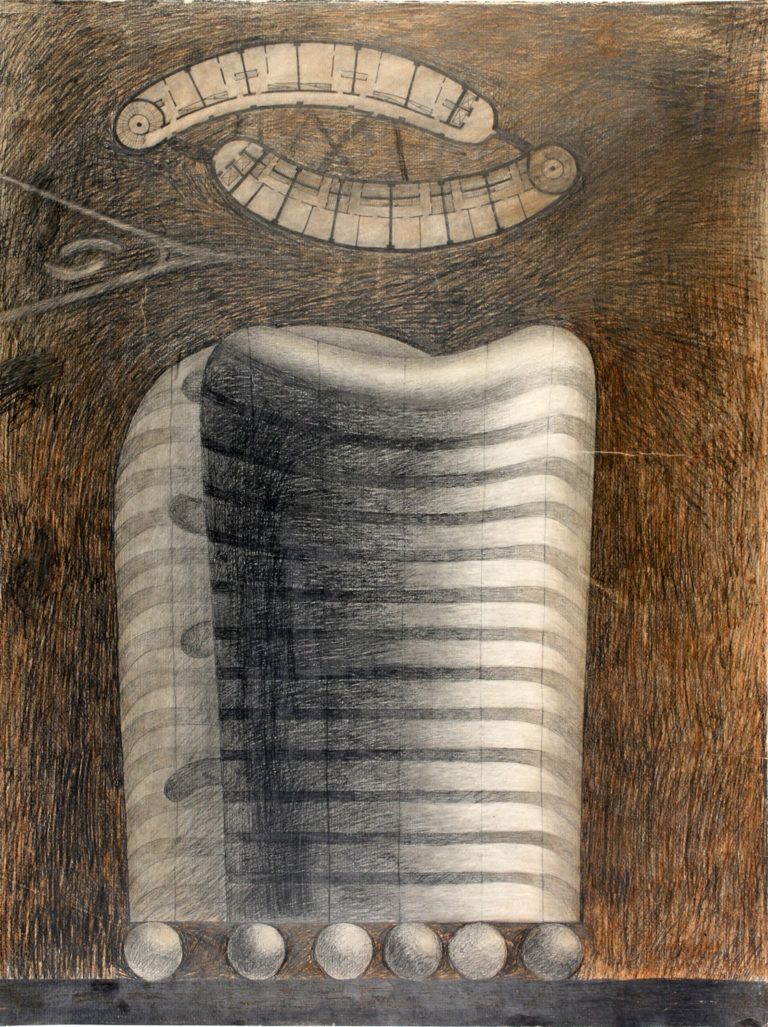
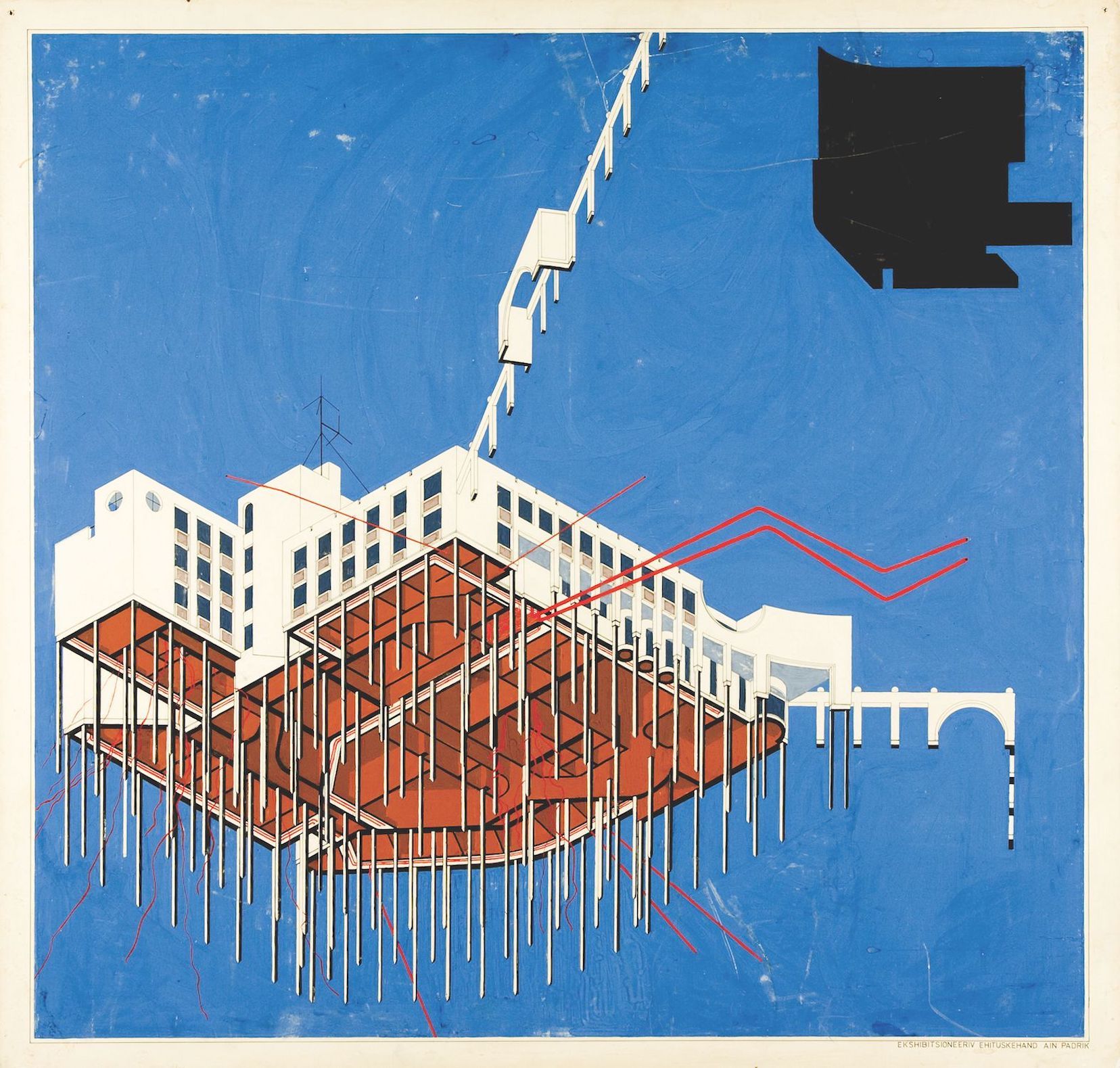
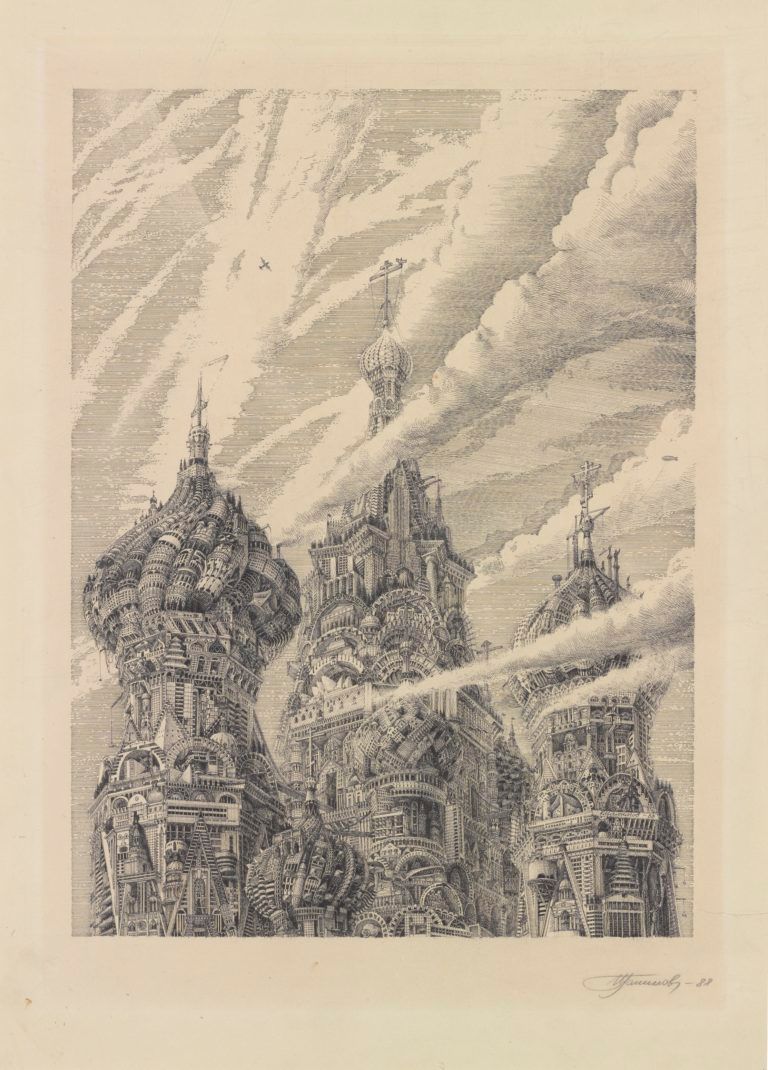
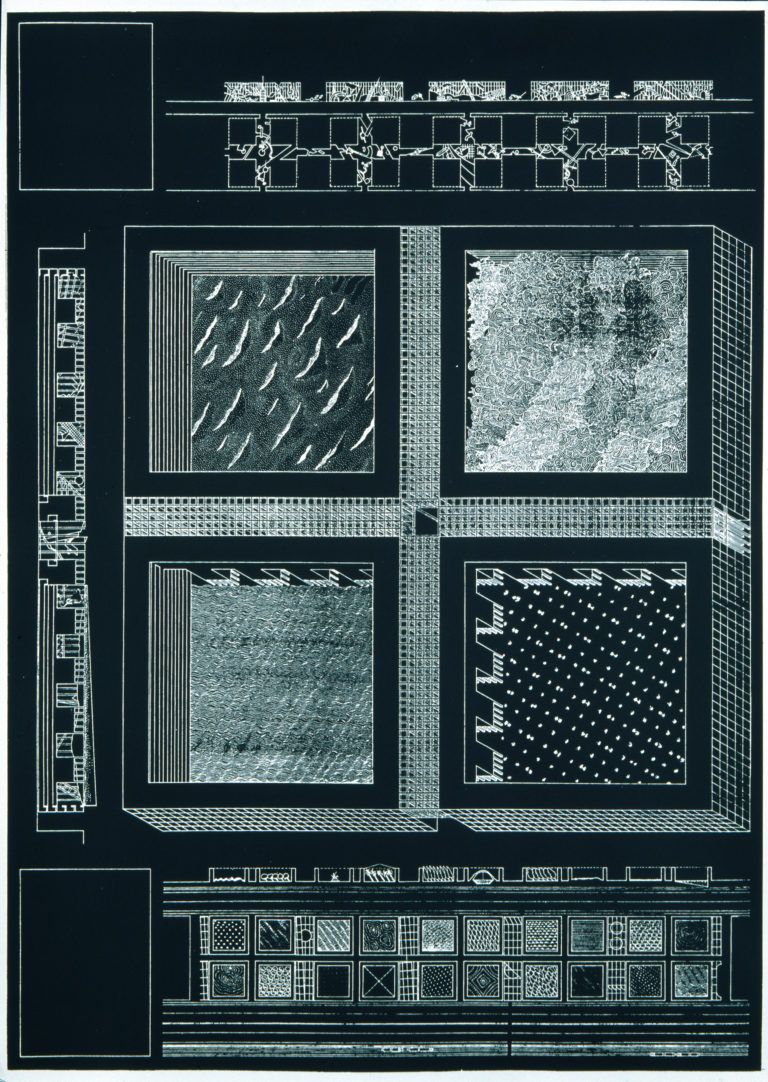
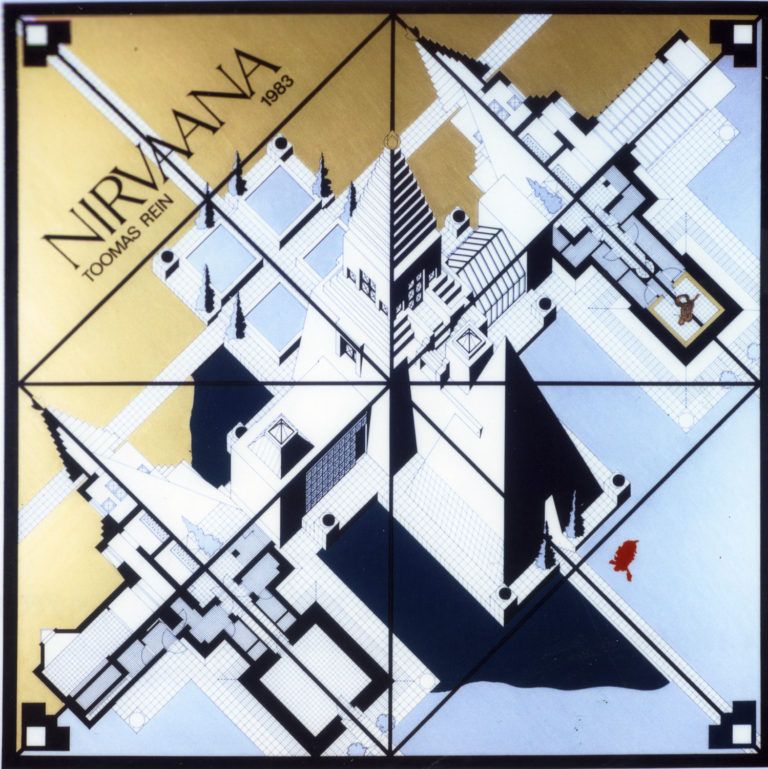
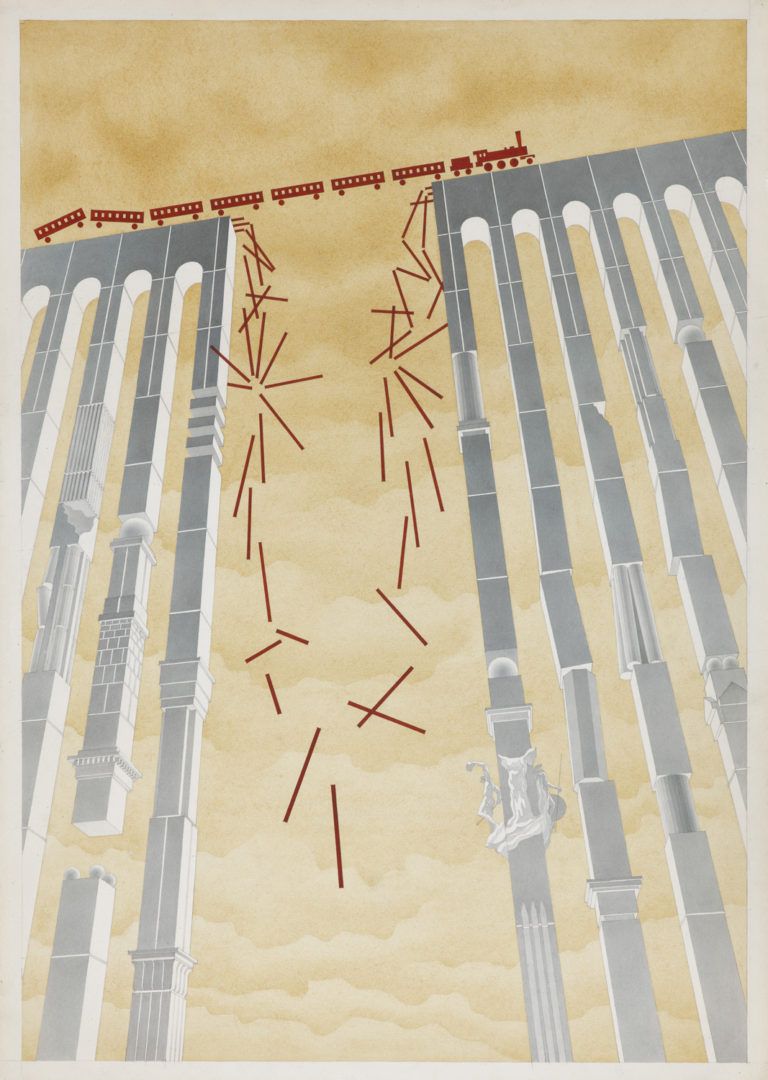
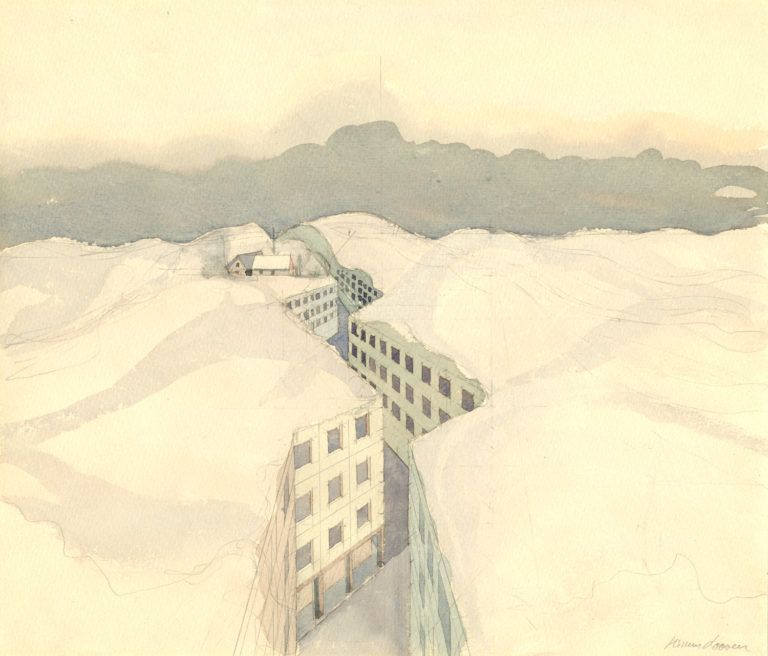
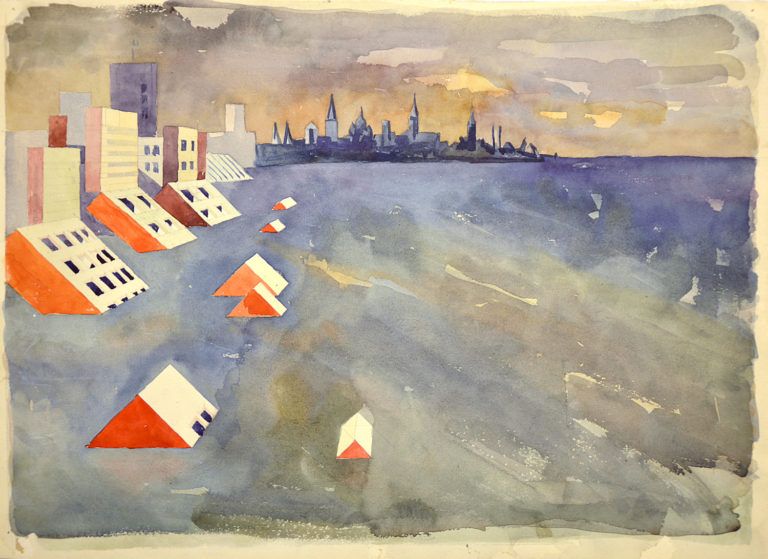
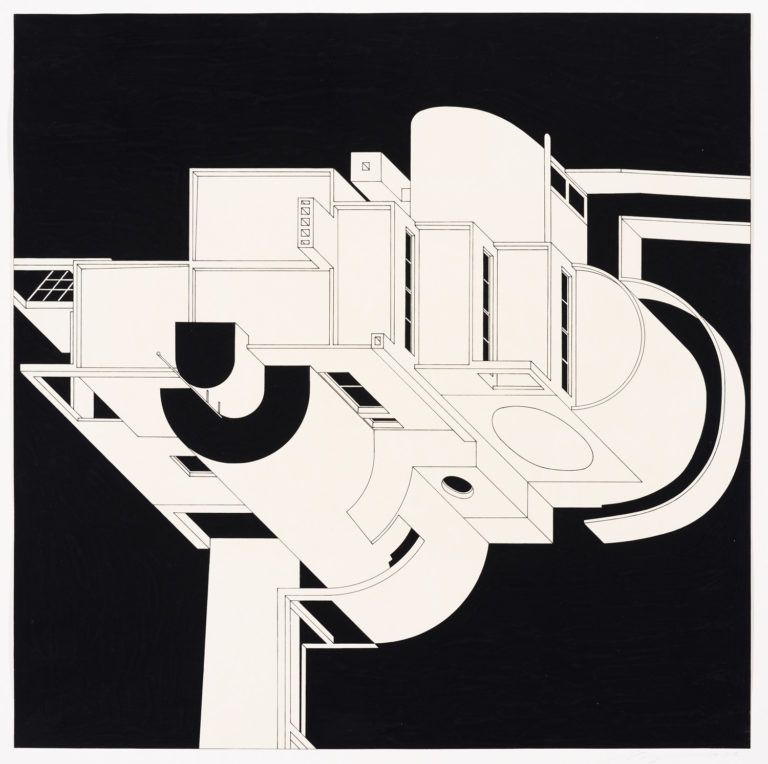
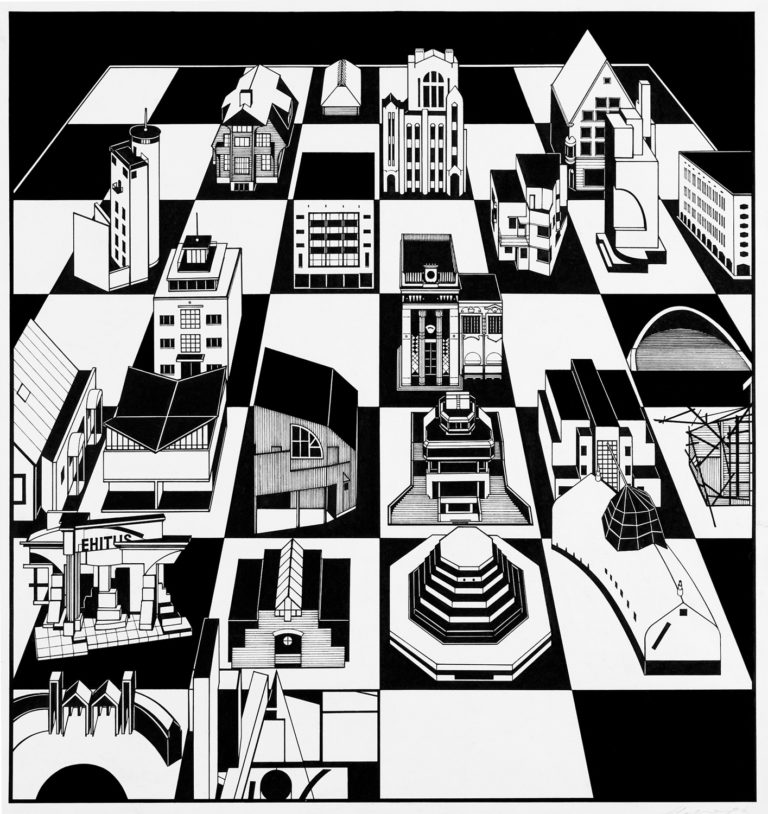
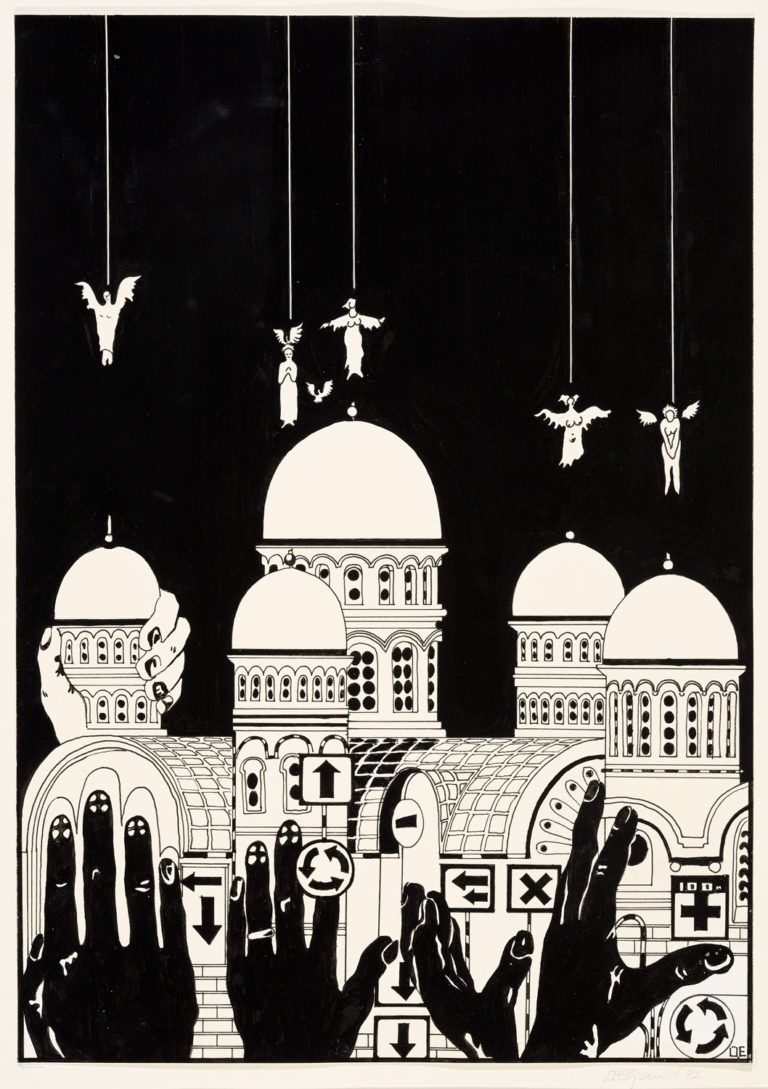
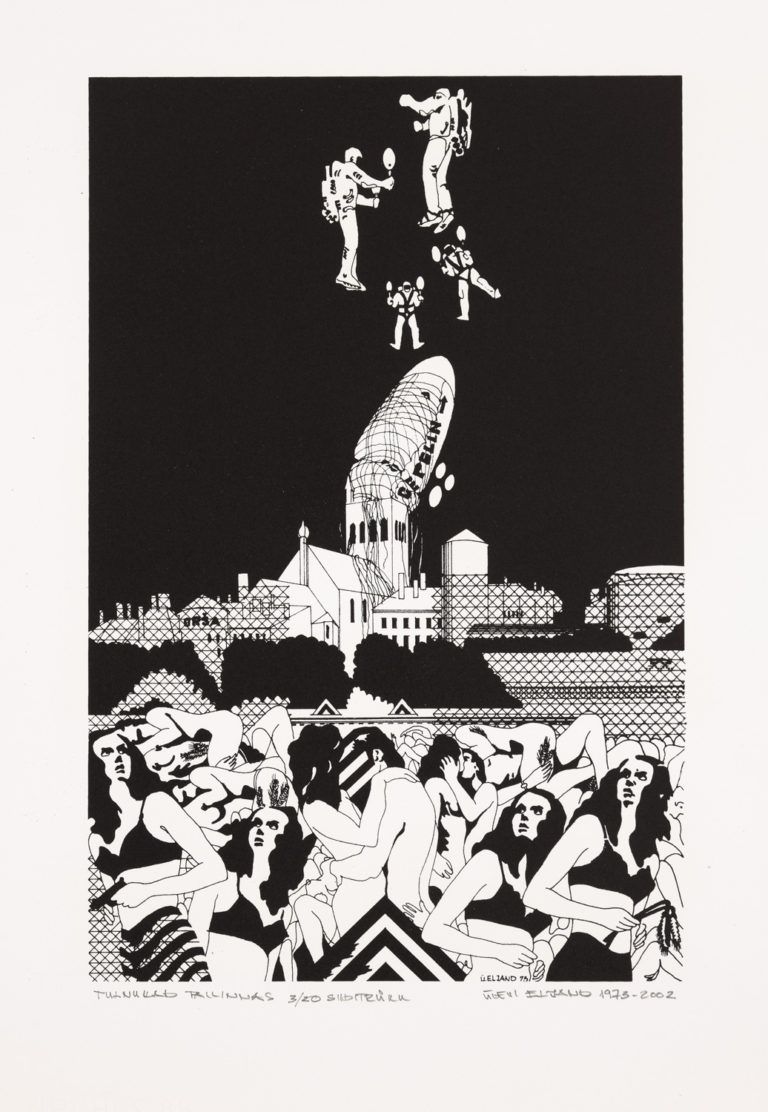
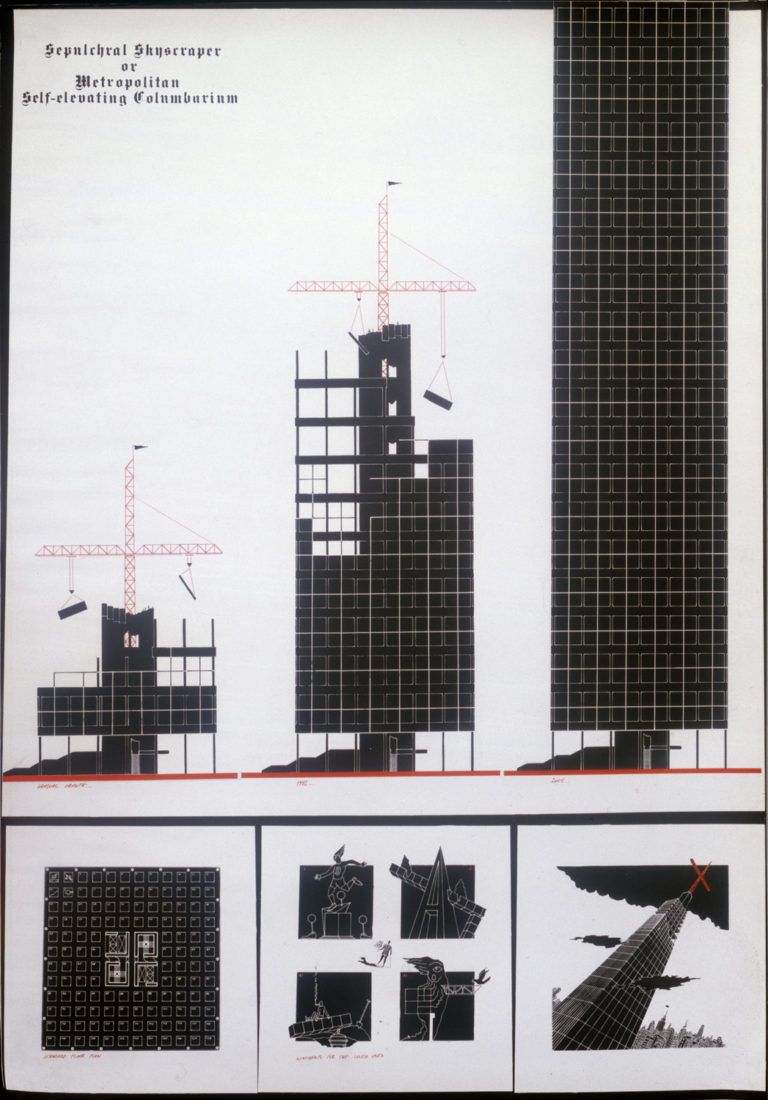
Credits
- Text: YAE-JIN HA
- Images courtesy of: Tchoban Foundation
